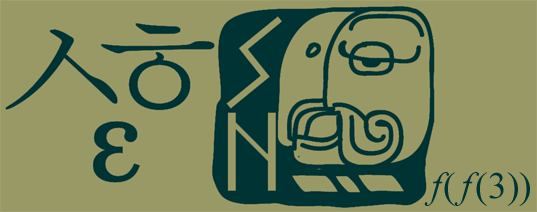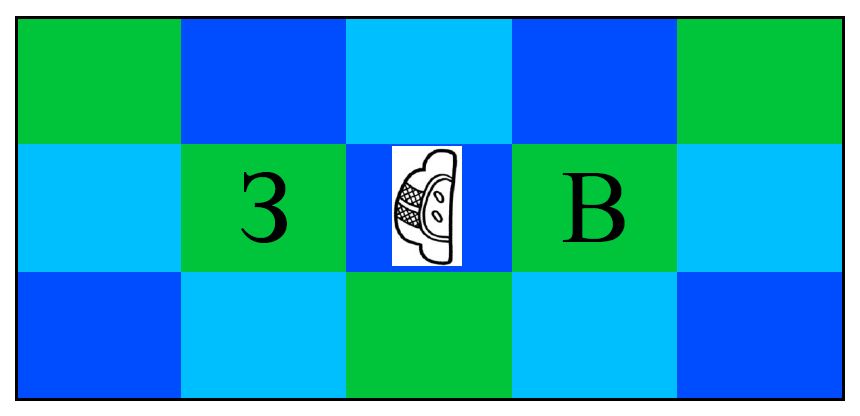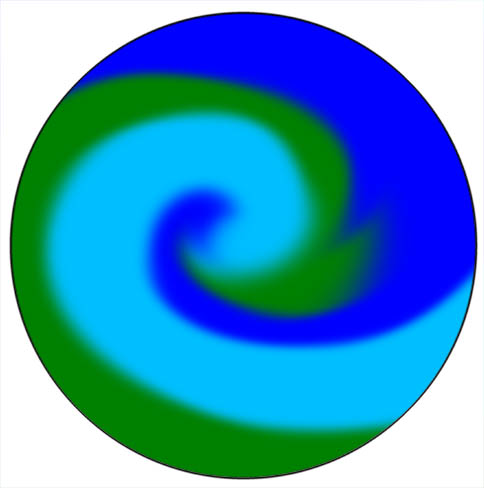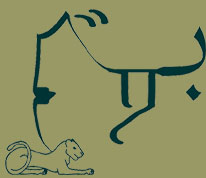 |
 |
|||||||
 |
 |
|||||||
 |
||||||||
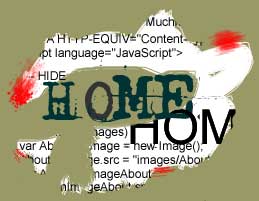
the BABEL series
The program:
Babel (pronounced BAY-ble, not like the word babble which is derived from it) is the name given in the Jewish Bible for the city we now refer to as Babylon. In the famous myth, the people of Babel decide to build a tower high enough to reach heaven itself—it is to be a monument to the greatness of humanity. As is often the case with gods, Yahweh is extremely displeased by man's hubris and inflicts a horrible punishment. Where once all humans could communicate with each other in a universal language, Yahweh imposed the vast confusion of many different tongues, thereby eliminating any possibility of such vast human collusion in the future.
In my warped mind, the titles of these pieces are almost as important as the music itself. I mean, this is an absurd exaggeration, but I really love the titles and put a lot of time into them. Most of these pieces are named BABEL, and are only differentiated by what language's characters are used to encode each of the five letters. The first "B" might be rendered with the appropriate Ancient Egyptian hieroglyph, the "A" might come from the Ancient Ugaritic cuneiform alphabet, etc. I have also generally imposed the restriction on myself that the "rules" of whichever language is used for the initial character will have added significance in the rest of the title. For instance, if the first character were using the Arabic abjad then the rest of the title will probably read from right to left or will favor languages that don't have vowel symbols or might have connected letters in the manner of a connected cursive script. If the first character were from the Mayan hieroglypic syllabary, then later characters might also be syllables rather than single letters or multiple characters might be fused together into a single shape.
Obviously, this is another manifestation of my language fetish. As I also discuss in relation to the Palimpsest series, I love the various shapes and symbols we use to encode our ideas and share them with each other. The proliferation of many distinct languages, and the myriad written systems invented to communicate those languages, can be an incredible gift, not just an affliction. The way we encode concepts in turn shapes those very concepts. In learning the way other languages code for ideas, we often find new ways of seeing what we thought was utterly familiar. After decoding the languages of the Ancient Cretans, Egyptians, Maya and Sumerians, their cultures and histories gained a voice that had been lost for centuries. But not only did we learn what they thought; we learned at least a little about how they thought. If this doesn't blow your mind, at least a little, then I don't know what to do with you.
Just as the titles explore the worlds behind the coding of written languague, the five sections in each of these pieces explore disparate musical languages. In all of the pieces, the tone and style shifts substantially between sections; a section in the language of serialism breaks off and is replaced by a section in the language of Mozart which is in turn followed by an exploration of the spectralist language (such as the music of Tristan Murail or Gérard Grisey). In addition, a lot of these pieces literally feature different musical languages, that is to say alternative methods of music notation. Although nowhere near as numerous as written languages, there are many notation systems other than the Western staff system that has become standard. A section written entirely in Ancient Greek notation (yes, we have extant notated excerpts of Ancient Greek music!) might be followed by one using the Mediæval Gregorian chant notation followed by modern aleatoric notation. The result is generally yet another type of Fracture piece but one with a more specific cross section of ideas and a more specific structure as discussed below.
The structure:
Pieces in this series:
PortRait of the ArTist,**NYC2001
Solo Cello and Recorded Electronics
Summer '01
more info
Note: Unlike all of the other series, there is no indication of order in these titles. In fact, almost all of them have the exact same name, BABEL, and it is only the character sets used for each letter that differ.
